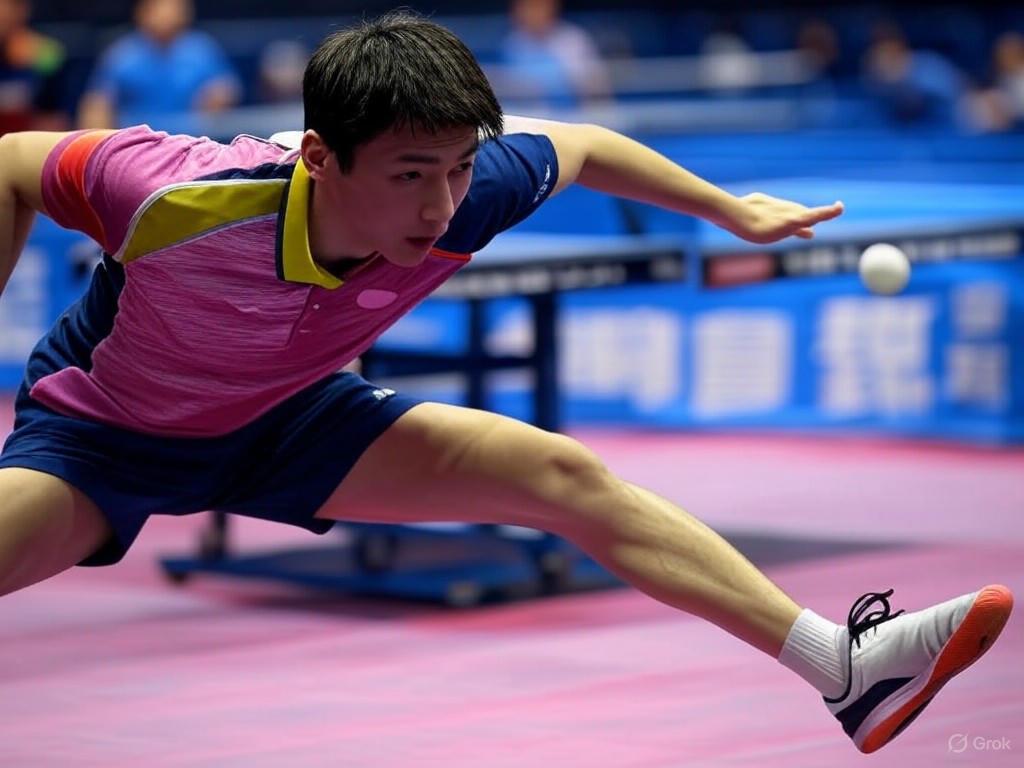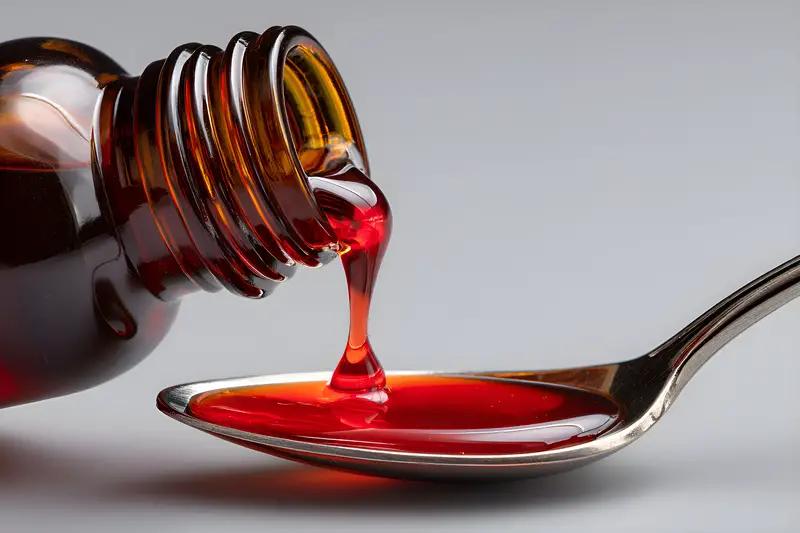Table tennis is a highly dynamic sport that involves complex body movements at rapid speeds. Delivering powerful shots and fast spins, players rely heavily on anaerobic alactic systems, the energy pathways supporting short bursts of high-intensity activity. While endurance might seem less critical in such a fast-paced game, it actually plays a vital role in recovery during and between matches.
Research suggests that the anaerobic alactic system is the predominant energy source during table tennis games[1]. The speed and power required for effective play demand quick energy bursts, leading to a rapid depletion of anaerobic stores. Training focused on enhancing this system can boost shot power and player agility, critical for swift footwork and body positioning.
Yet, endurance shouldn't be underestimated. The aerobic system facilitates recovery by replenishing anaerobic stores, crucial during intervals between rallies. Despite game points lasting only seconds, aggregated match durations can strain even seasoned athletes[3]. Proper endurance training enables players to maintain performance levels throughout lengthy competitions.
Progress in understanding physiological demands led to tailored training strategies. Coaches are now incorporating aerobic and anaerobic conditioning into sessions. This balanced approach helps players optimize game performance and recovery. Integrating endurance drills ensures that even in marathon matches, players can keep their edge, sustaining high-level play across games.
Field tests—moving beyond lab environments—offer valuable insights into players' real-world capabilities. While precise lab measurements elucidate physiological responses, in-game assessments better shape practical training regimens[4]. The concrete understanding these tests bring to natural play scenarios fuels development in player conditioning.
Conclusively, while anaerobic prowess dictates immediate effectiveness in quick rallies, endurance underlies game-long excellence. Thus, comprehensive training that includes both anaerobic and aerobic conditioning positions players to thrive in the fast-paced, demanding world of table tennis.
References:
1. The physiological demands of table tennis: A review. Journal of Sports Science & Medicine
3. Muscular power of leg extensor muscles in young top-level table tennis players







